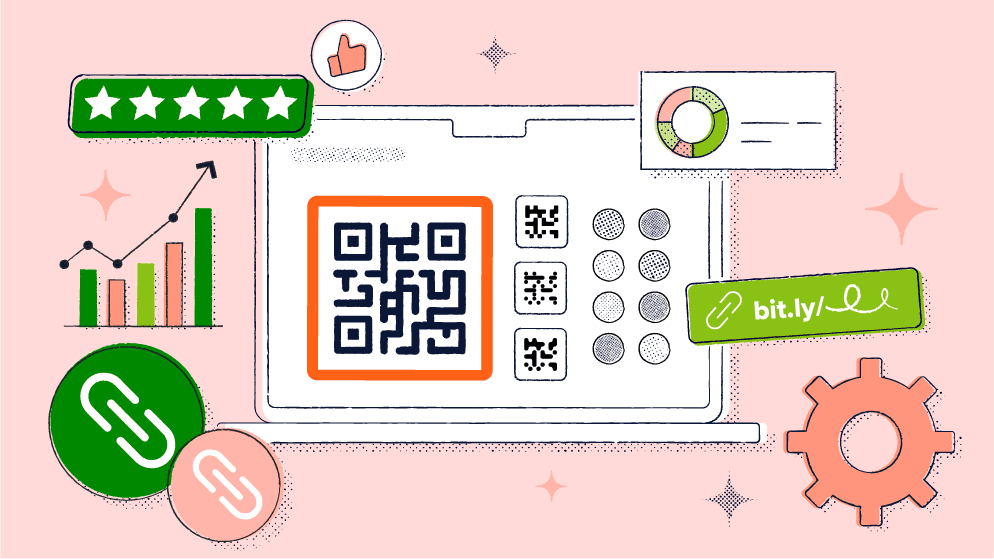This article was originally published on UpperEdge.
Microsoft recently announced that they are going to be hitting their enterprise customers with price increases to some Office 365 and Microsoft 365 product suites. These pricing changes are set to take effect in March 2022.
Microsoft justified these price increases for two reasons. First, there hasn’t been a price increase to these product suites in over a decade. Second, over that 10-year period, there has been considerable value added to the Office 365 and Microsoft 365 product suites.
Microsoft specifically pointed out that there were 24 new apps and 1,400 new features added since Microsoft 365 was rolled out, including Microsoft Teams, OneDrive and the Power Platform apps. Further, Microsoft touted their ability to innovate in the ‘community and collaboration’, ‘security and compliance’, and ‘AI and automation’ spaces since the introduction of Office 365 to further illustrate the value that has been added to their product suites over time.
Understanding these price increases and why Microsoft is adding them will be critical to your organization’s negotiation strategy moving forward. Here are the price increases to expect and some key insights to keep in mind as you start to navigate your deals.
What Are the Price Increases?

You may have noticed that there are key solutions that Microsoft didn’t increase. Firstline worker SKUs like Microsoft 365 F1, Microsoft 365 F3, and Office 365 F3 will not see an increase. Microsoft 365 E5, the most robust bundle offering, is also staying at its $57 list price without any increases.
Why is Microsoft Increasing Their Pricing?
Microsoft is really drawing attention to the value added to their product suites over the past ten years to justify this price increase. But, if you take the Power Platform, which Microsoft cites as a key value-add, as an example, the version of these products included in the Microsoft 365 product suites is a water-downed version. Customers need to pay more for premium versions in order to get the increased value they are often looking for with those types of solutions.
Outside of value add, when you think about the fact that Commercial Office 365 subscriptions represent roughly 18% of Microsoft’s revenue, according to their FY21 Q4 earnings report put out in July, it comes down to also finding ways to increase this revenue stream. One way to do that is to simply increase the often talked about average revenue per user (ARPU), something not just Microsoft but all cloud vendors are focused on right now and will be focused on moving forward. If the underlying list price goes up across key products like Office 365 and the all-in cloud bundle Microsoft 365, that’s a fast way to increase the ARPU tied to their entire base of customers using these products.
Microsoft is also ultimately trying to move their customers to the Microsoft 365 E5 or even E3 bundles. If you increase the Office 365 components of these all-in cloud bundles, which also have Windows Online and EMS, it certainly helps “motivate” (or perhaps force) customers to consider moving to the more robust bundle.
During the FY21 Q4 earnings call, CFO Amy Hood said that only 8% of their roughly 300 million Office 365 users are on Office 365 E5. Clearly, Microsoft needs to make this percentage a lot bigger. By making these price increases, it is making Office 365 E5 more appealing and, as mentioned, it is also making Microsoft 365 E5 more appealing to enterprise customers because the gap between Office 365 E1 and E3 is much smaller when compared to Office 365 E5. The gap in cost between Microsoft 365 E3 and Microsoft 365 E5 is also smaller now when you look at them comparatively because the Microsoft 365 E3 list price is going up, but the Microsoft 365 E5 list price is not.
What Should Customers Do?
Considering these list price increases, there are a few things that your organization can do to prepare for your next negotiation or renewal with Microsoft. First, hopefully you have renewal term price protections in place that adequately address the level of increase Microsoft can apply at your upcoming renewal. If you do, and your renewal is after March 2022, you may be in a good position. Of course, that is assuming the pricing you negotiated last time is what it should be. Protecting a price that is not worth protecting in the first place is certainly problematic and would need to be addressed. Unfortunately, many customers do not have renewal term price protections in place and having to deal with list price increases on top of the normal increases these customers are hit with is going to be painful and challenging to adequately address.
Customers also need to set aside the necessary amount of time to carefully assess their current utilization of products as well as the actual value received to date. As part of this, they need to look closely at the expected go-forward value as well. In other words, if something has not been used to date, are there plans to use it in the near future?
Microsoft wants to talk about all the added value and features as a means to justify the upcoming list price increases. The fact is if the added features are actually being utilized and will be used moving forward, then a case can certainly be made that there is value that wasn’t there before and perhaps an increase to the list price can me much easier to swallow. The problem is a lot of the Microsoft customers that we work with are not using all these features and are not seeing the same level of value that Microsoft is pointing towards to justify the upcoming price increases.
Customers need to be armed with a granular-level knowledge of their use, especially in these cases where value is not being realized, as it will help shape and drive the negotiation with Microsoft. Also, by showing Microsoft what has not been utilized, you can push for them to step up and provide investments to ensure your company does get the expected value through use moving forward. This would be in addition to appropriate and compelling pricing.
Of course, it is important to note that no Microsoft customer is using every feature in a given product suite. These customers don’t have to use every feature to be getting value from the product suite – they just need to use enough key aspects and features.
Bottom Line
It’s good that Microsoft has put these price increases out there so customers can prepare – it’s better to know now than to find out in March. As for Microsoft’s reasoning behind the list price increases, it’s true that there has been added value to these key cloud product suites over the last decade, but the question all customers need to ask themselves and have answered leading up to their renewal, is whether that added value is something being realized or not and whether the transactional price increase is justified based on that. Of course, you need to also assess whether or not the pricing you have been living with has been appropriate as well.
Comment below, follow me Adam Mansfield on Twitter @Adam_Mansfield_, follow me on LinkedIn, find my other UpperEdge blogs and follow UpperEdge on Twitter and LinkedIn. OLDERNEWER
About the Author











